Android: The world’s most popular mobile OS
“I will have one foot on the lily pad of mobile and one foot on the future, and I can jump forward when the next ecosystem emerges. That’s a pretty good place to be.”
– Andy Rubin, Co-founder of Android Inc
More often than not, it feels like we have always had tablets, smartphones, and other devices that run on Google’s Android OS. However, that is not the case. It has actually been 10 years since the first official phone made its debut with the Android OS. The reason behind Android’s popularity with smartphone makers is Google’s decision to make it an open source OS.
A couple of years after the launch of Android 1.0, every smartphone was running on the OS. Now, it has become the most popular mobile OS in the world, defeating the likes of BlackBerry, Symbian, and Windows. According to StatCounter, Android controls 37.93% of the worldwide OS market. The only real competitor to Android is Apple’s iOS platform. StatCounter CEO Aodhan Cullen called it a “milestone in technology history.”
The Beginning of Android
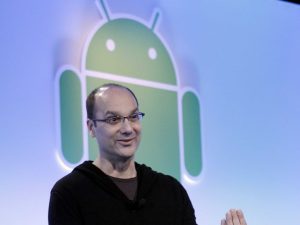
In October 2003, before the term, “smartphone” was popular, a little company called Android Inc was founded in Palo Alto, California. It was founded by Andy Rubin, Rich Miner, Nick Sears and Chris White. At the time, Andy Rubin was quoted as saying that Android Inc was going to develop “smarter mobile devices that are more aware of its owner’s location and preferences.”
The company initially planned to improve the operating systems of digital cameras. However, the focus shifted to smartphones after deciding that digital cameras were not a big enough market.
In 2005, Google purchased Android Inc and its OS. Rubin and the other founding members continued working to develop the OS. Google and the Android team decided to use Linux as the base for the Android OS. This allowed for it to be offered to third-party mobile makers for free.
Android 1.0
In 2007, Apple launched the iPhone while Google was still working on the Android OS. However, in November of that year, the company began to slowly reveal its plans to compete with Apple and other mobile platforms. It was called the Open Handset Alliance. This included phone makers like HTC and Motorola, chip manufacturers Qualcomm and Texas Instruments and carriers T-Mobile.
Then Google Chairman and CEO Eric Schmidt was quoted as saying, “Today’s announcement is more ambitious than any single ‘Google Phone’ that the press has been speculating about over the past few weeks. Our vision is that the powerful platform we’re unveiling will power thousands of different phone models.”
On November 5th, 2007, Google launched the public beta version 1.0 for developers. This was also around the same time the company announced the Open Handset Alliance. In September 2008, the first Android smartphone was announced. In the U.S it was known as the T-Mobile G1 whereas the rest of the world knew it as the HTC Dream. It went on sale in the U.S in October.
The Android 1.0 OS had the trademarks of Google’s business plan for the OS inside. It integrated Google Maps, Youtube, and an HTML browser that utilized Google’s search services. The first version of the Android market was also included.
Sugary OS Code Names
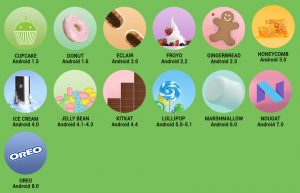
It is well known that Android releases have candy or dessert-like code names. However, according to Android engineer Jean-Bapiste Queru, Android 1.0 did not have a code name whatsoever, both internally or publicly. Android 1.1 also did not have a public code name. Nevertheless, while it was still in development, Android 1,1 reportedly used the internal name “Petit four”.
Android 1.5 was the first OS version to have a public code name. It was called Cupcake. Google offered no official reason or statement behind using such code names until the release of Android 4.4 KitKat. The company said, “Since these devices make our lives so sweet, each version of Android is named after a dessert.”
Android Logo and Name
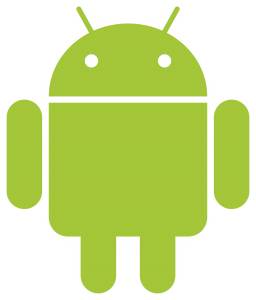
Android Logo
Everyone knows Android’s infamous logo; a green robot-bug hybrid. It was created by Irina Blok while she worked at Google. During an interview with The New York Times in 2013, she said that Google only told her design team to make the logo look like a robot. Google and Blok decided to name the Android robot itself as an open source project.
As for the origins of the name, Android was Andy Rubin’s nickname because of his fascination with robots.

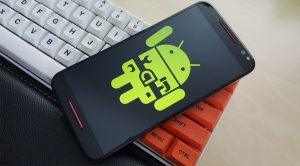
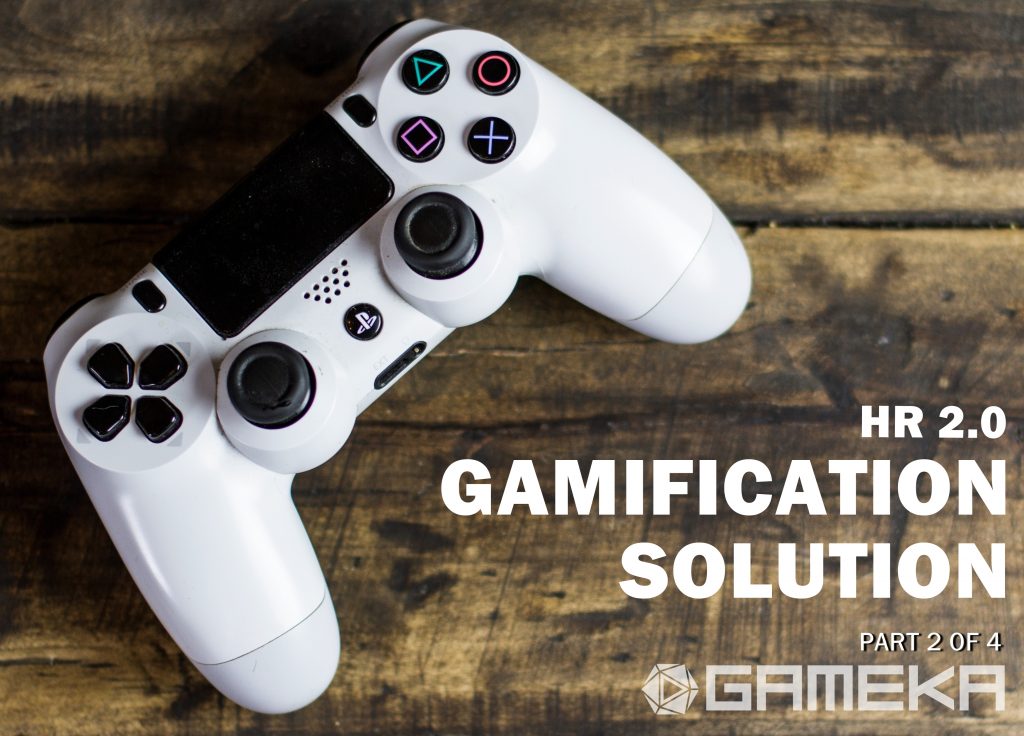


About The Author: Luke@gameka.my
More posts by luke@gameka.my